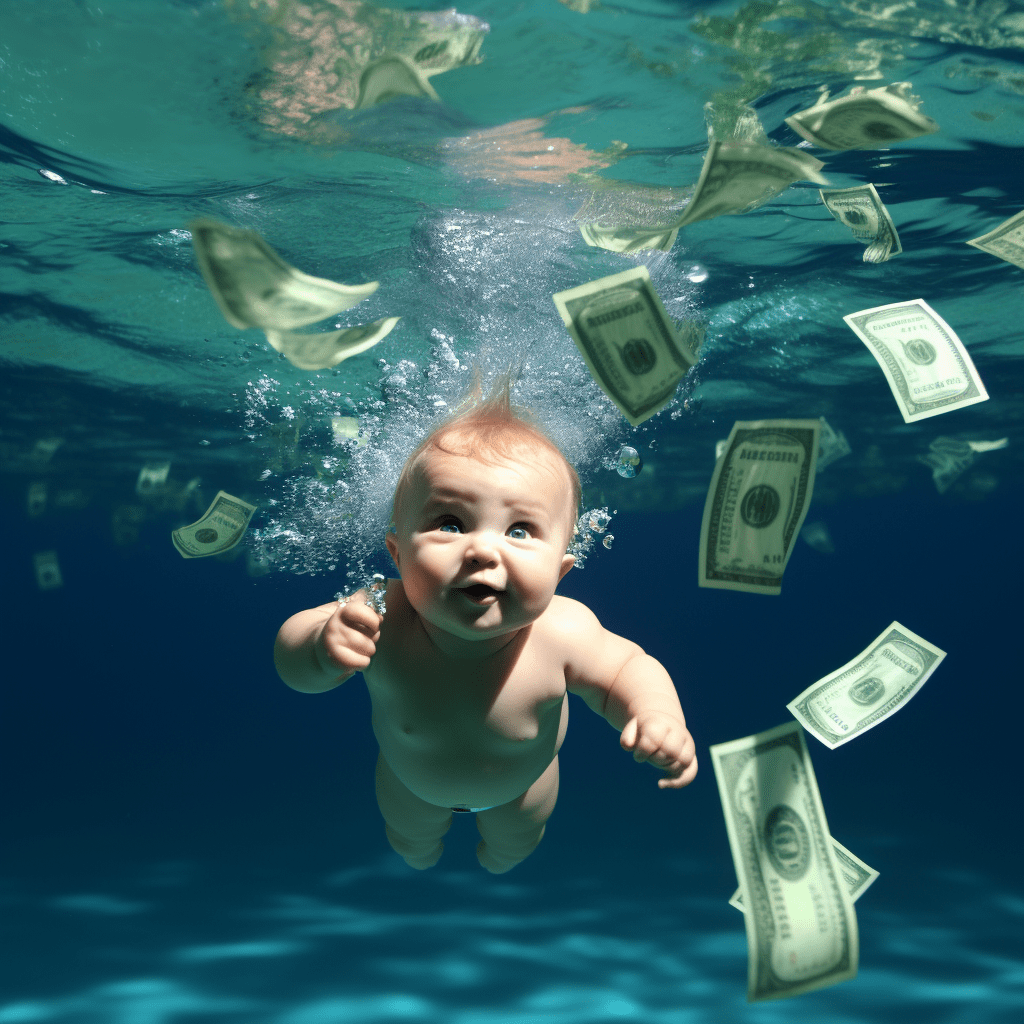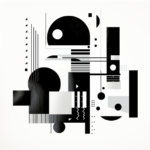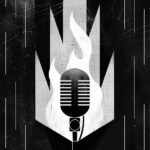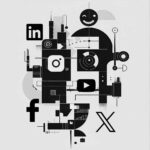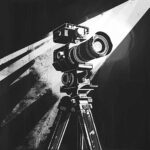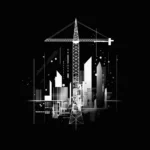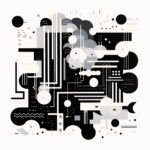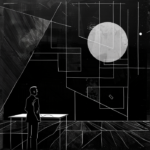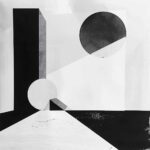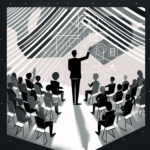Who is the author?
It is no surprise that using AI in creative work raises questions about the nature of authorship and originality. Critics often argue that AI’s outputs are generic, as they draw from existing popular trends and data. The result is a deluge of art that resides within the uncanny valley — not quite human, but not obviously machine-generated. This raises the question: how much human intervention is needed to make an AI-generated work truly unique and worthy of copyright protection?
Fresh tools and fresh challenges
As artificial intelligence features continue to be integrate into everyday software tools, a new realm of creativity is opening for artists, writers and anyone who cares about copyright. From Adobe’s AI-infused Firefly to AI-powered tools like DALL-E, Stable Diffusion, Midjourney, and OpenAI’s ChatGPT, AI will become a mainstay in many artists’ toolkits. This introduces an exciting frontier for creative expression, but it also brings fresh new challenges, particularly around copyright.
Is it a product of human creativity?
Under current US law (the time of this writing), intellectual property is copyrightable only if it’s a product of human creativity. AI, therefore, cannot be considered an author. This law was put to the test recently when the US Copyright Office (USCO) declared that AI-generated work can be copyrighted if a human can demonstrate substantial creative effort in the final output. This implies that, for an AI-generated work to be copyrighted, it needs to be significantly altered or remixed by a human.
This poses an interesting challenge for artists who may use AI as part of their creative process. The USCO’s guidelines suggest that the mere use of AI is not enough — to qualify for copyright, the human artist must add an original touch. For instance, an image generated by an AI is not copyrightable. However, if an artist takes that image and significantly modifies it, such as with Photoshop, the final product may be copyrightable.
But where is the line drawn? The answer to that question is complex and, for now, largely in the hands of the courts. As AI becomes more advanced and prevalent, it’s likely that legal definitions and standards will continue to evolve.
Striking a Balance
In the meantime, artists must navigate this uncharted territory. They need to strike a balance between leveraging the power of AI for productivity and innovation, and ensuring their work retains a human touch. The art world is shifting, and tastemakers and critics are on the lookout for works that are distinctly human and novel amid a sea of AI-generated content.
As AI continues to permeate the creative world, it’s clear that artists will need to continuously evolve their craft. By embracing AI as a tool rather than a threat, they can push the boundaries of what’s possible in art, while preserving the human elements that make the work worth protecting.
Here is another fun example with a twist.
Imagine you told a computer to generate a photo of a baby swimming underwater, and then AI outputs something that looks like a photograph. Is this art? No? What if you generated another photo of a dollar bill on a fishing string? That’s kind of interesting and a bit abstract, so is it considered art? Maybe? What if you photoshopped the dollar into the first picture into the second picture so that the baby appears to be swimming toward the dollar bill? Is it art? Can you copyright it? According to the US law at the time of this writing, yes.

Would you consider it a violation of copyright if you decided to use your new AI mashup for your grunge band album cover?
No, it isn’t a viloation of copyright. The only crime here is unoriginality.
The Intersection of Art and AI
The intersection of AI and art promises to be an exciting space to watch, filled with potential for innovation, new forms of expression, and thought-provoking conversations about the nature of creativity and authorship in the age of AI.

